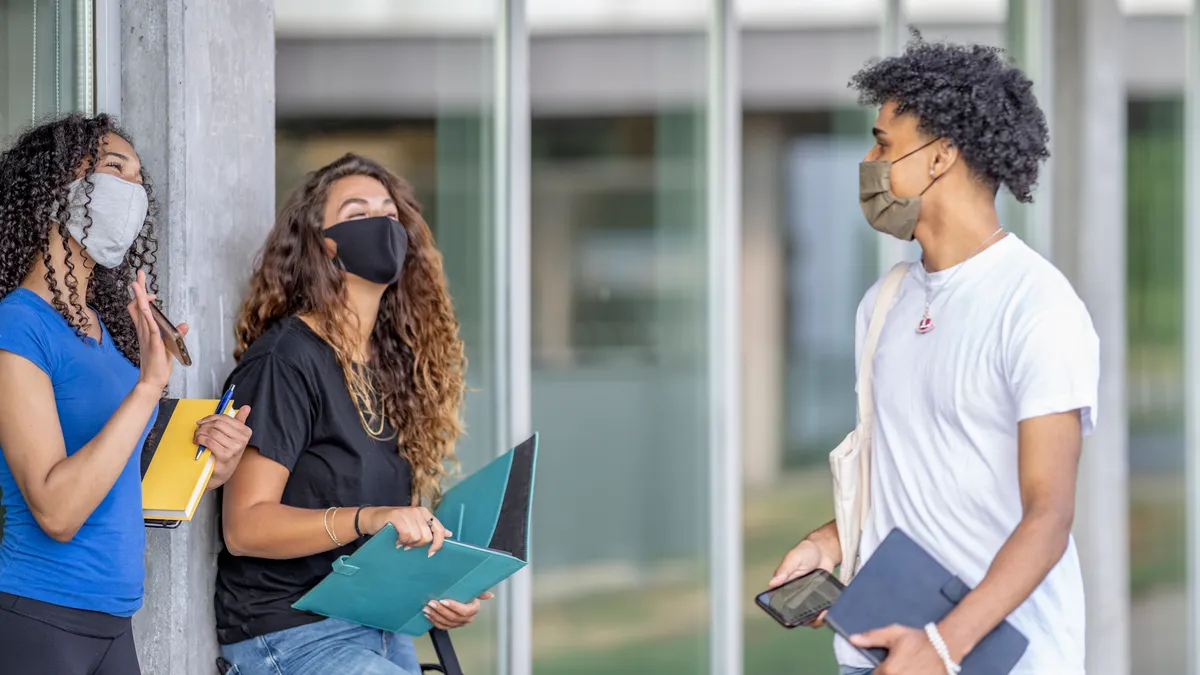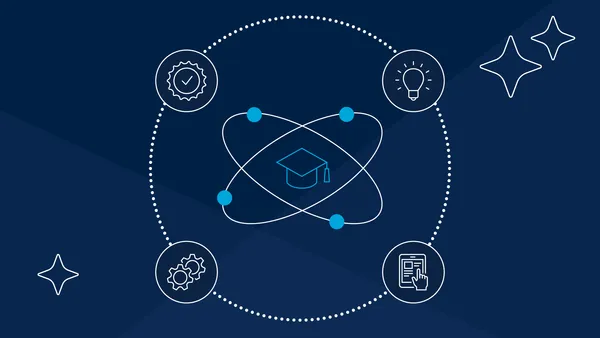Dive Brief:
-
Private nonprofit colleges with larger shares of international students were more likely to move to more in-person instruction last fall than those with smaller foreign populations, according to a new working paper from the College Crisis Initiative (C2i) at Davidson College, in North Carolina.
-
The researchers examined whether nearly 2,000 colleges announced shifts in their fall plans in July. That month, the Trump administration released immigration policies that attempted to bar international students from coming to the U.S. if their classes were entirely virtual.
-
The study's results highlight how much some private nonprofits depend on international students to bring in revenue — a reliance that was "perhaps exacerbated by the COVID-19 pandemic," the authors wrote.
Dive Insight:
Colleges weighed the dangers of reopening campuses during a pandemic with the need to generate tuition revenue, the paper suggests. The federal government threw another wrench into their fall plans when it announced that international students wouldn't be allowed to come to the U.S. if their courses were entirely online, though it later walked back that rule to apply only to new students.
The paper uses nonresident enrollment, which includes some unauthorized immigrants, as a proxy for international students. It found schools with 7% nonresident enrollment were 19% more likely to change their reopening plans on any given day in July than colleges with 6% nonresident enrollment.
The researchers theorize that private nonprofits either changed their plans to better serve international students, which heavily rely on campus services, or because they could risk losing the revenue these learners provide. Many private liberal arts colleges sought to ensure these students enrolled last fall by fighting for them to come to the U.S. and countering the Trump administration's messaging that they aren't welcome in the country.
The same reopening trends weren't found at four-year public colleges. The study found no significant relationship between their international student population and their likelihood to offer more in-person instruction. The private schools studied had higher shares of international students than their public counterparts.
However, the researchers found public universities in states with Republican governors were almost twice as likely as those with Democratic leaders to shift to more face-to-face instruction during the period studied. That tracks with previous data from C2i, which found in October that colleges in Republican-led states were more likely to delay fall reopening decisions or choose in-person instruction.















